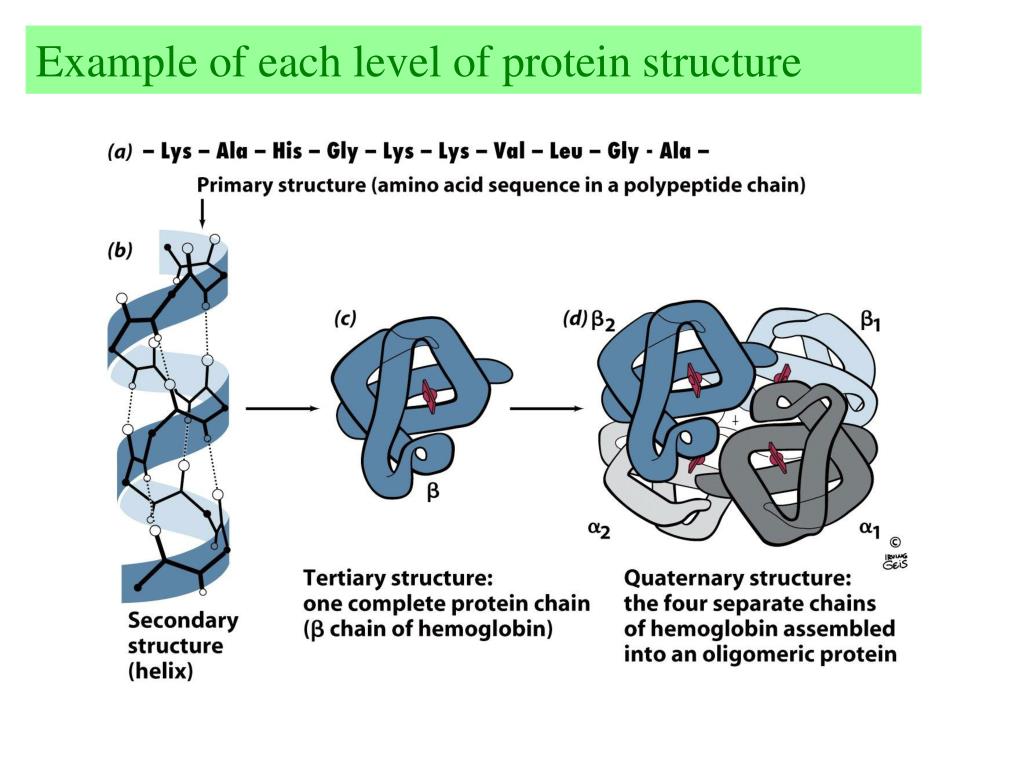

Crystallography Open Database (~300.000 crystals).The PubChem Project (~51 million compounds).RCSB Protein Data Bank (~100.000 macromolecules).ChemDoodle Web Components v6.0.1: 3D render engine and spectrum display.Ketcher: Chemical 2D data reader/writer.The Virtual Model Kit has been a source of inspiration for the birth of this project. This web application is built on top of the JavaScript libraries and online services listed below. You can use MolView to search through different scientific databases including compound databases, protein databases and spectral databases, and view records from these databases as interactive visualizations using WebGL and HTML5 technologies. It can be anticipated that tannin-immobilized composites will continuously draw attention from more and more researchers, and further promising applications of tannin composites will be explored.MolView is an intuitive, Open-Source web-application to make science and education more awesome! MolView is mainly intended as web-based data visualization platform. Finally, we conclude with some thoughts on the open challenges and future perspectives of tannin composites. Further, the application of tannin-immobilized composites in the biomedical (tissue engineering, wound healing, cancer therapy, and biosensors) and other (leather materials, environmental remediation, and functional food packaging) fields is highlighted. In this review, initially we summarize the design strategy of tannin-immobilized composites, mainly concentrating on the choice of immobilized substrate ( e.g., natural polymers, synthetic polymers, and inorganic materials) as well as the binding interaction ( e.g., Mannich reaction, Schiff base reaction, graft copolymerization, oxidation coupling, electrostatic interaction, and hydrogen bonding) between them. This strategy can endow tannin-immobilized composites with efficient manufacturing properties, high strength, good stability, easy chelating/coordinating ability, excellent antibacterial property, biological compatibility, bioactivity, chemical/corrosion resistance, and strong adhesive performance, which significantly expand their application in various fields. Inspired by the design of composite materials, tannin-immobilized composites have emerged as promising and novel materials and combine or even surpass the advantages of each of their components. However, they fail to satisfy the requirements in some specific applications ( e.g., environmental remediation) on account of their water solubility, making their separation and regeneration difficult. Tannins, which are natural plant polyphenols, are widely used in different fields, especially in biomedical applications due to their unique properties, including high abundance, low cost, structural diversity, protein precipitation, biocompatibility, and biodegradability.


 0 kommentar(er)
0 kommentar(er)
